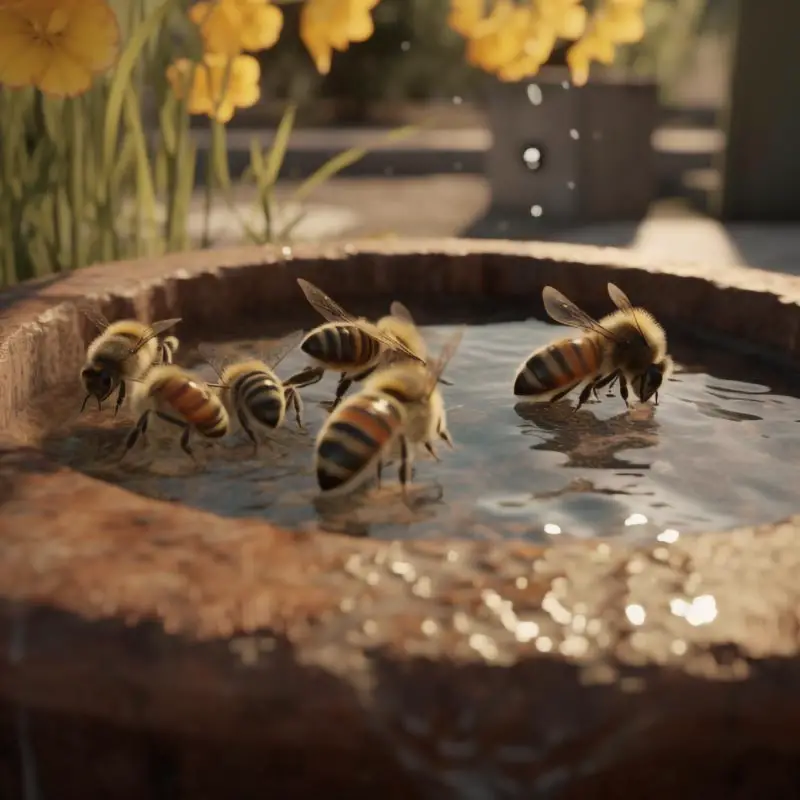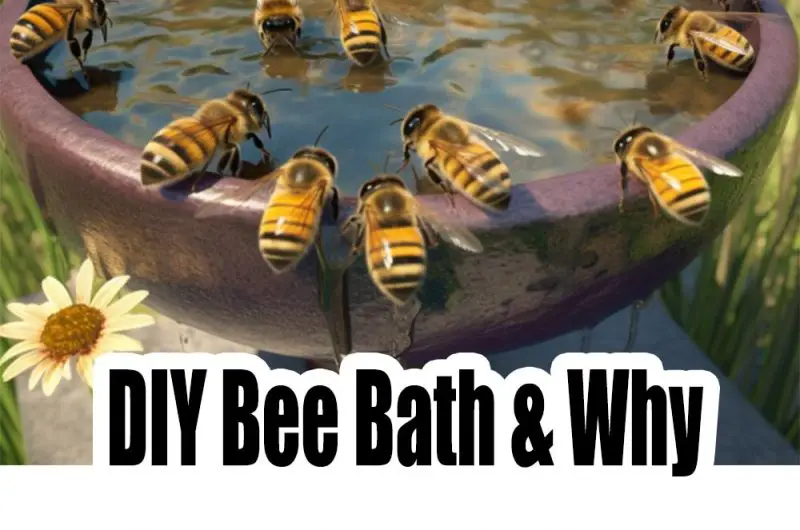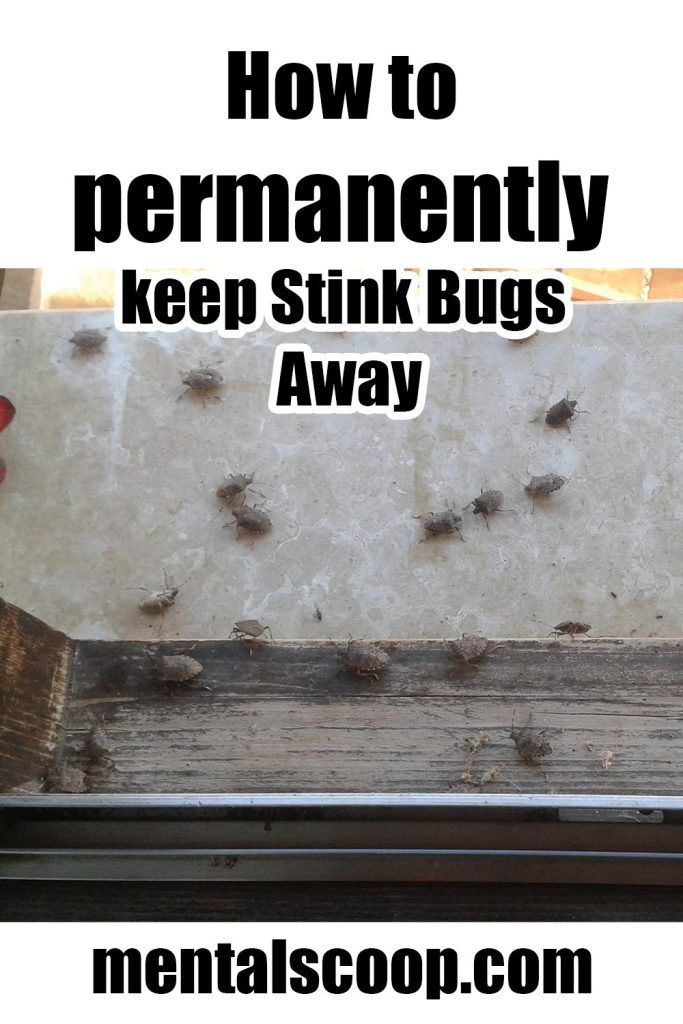DIY Bee Bath & Why You Need One

Bees play a vital role in our ecosystem by pollinating plants, which helps to produce fruits, vegetables, and other crops. However, bee populations are declining worldwide due to habitat loss, pesticide use, and climate change. This decline in bee populations is a major concern because it could lead to a significant decrease in food production and biodiversity. That’s why it’s more important than ever to support the bee population, and one way you can help is by providing them with a bee bath.
What Is A Bee Bath?
A bee bath is a simple water source that you can provide for bees in your garden or yard. Bees need water to survive, just like they need nectar and pollen for food. They use water to cool down on hot days and to dilute honey so that it can be stored properly. Providing a water source for bees can help support their survival and health, and can also help attract them to your garden for pollination.
Bee baths can be a great addition to any garden, and they are especially useful during hot and dry weather when bees can struggle to find water sources. They can also help support the health and survival of local bee populations, which are essential for pollinating crops and maintaining the biodiversity of our ecosystems.
In addition to creating a bee bath, there are other ways you can support the bee population, such as planting pollinator-friendly plants, avoiding the use of pesticides and herbicides, and providing nesting habitats for bees. By taking these steps, you can help support the bee population and promote a healthy and thriving ecosystem.
Creating a bee bath for your garden is a simple and easy process that can be done with just a few materials. Here are the steps to follow:
Choose a shallow container
Choosing the right container for your bee bath is an important step in creating a safe and effective water source for bees. Here are some tips to help you choose the best container for your bee bath:
Shallow and wide: The container should be shallow, with a maximum depth of around 2 inches. This is important to prevent bees from drowning in deep water. The container should also be wide enough for bees to land and access the water easily.
No sharp edges: Bees can be injured or killed by sharp edges, so avoid using containers with any sharp or rough edges. Instead, choose a container with smooth edges that won’t harm the bees.
Material: The material of the container can be made of anything that is safe for bees and won’t leach any harmful chemicals into the water. Some good materials include ceramic, glass, or food-grade plastic. Avoid using metal containers, as they can heat up in the sun and harm the bees.
Color: Bees are attracted to bright colors, so choose a container that is brightly colored, such as yellow, blue, or white. This will help attract bees to the water source.
Accessibility: Make sure the container is easily accessible to bees, with a clear path to the water. If the container is too high or surrounded by obstacles, the bees may not be able to access it.
Fill The Container With Water
When filling your bee bath container with water, there are a few important things to keep in mind to ensure the safety of the bees:
Use clean, fresh water: Bees are very sensitive to the quality of the water they drink. It’s important to use clean, fresh water to prevent the growth of bacteria or other contaminants. Avoid using chlorinated or fluoridated water, as these chemicals can be harmful to bees.
Don’t fill the container too deep: Bees are very small and can easily drown in deep water. Fill the container with water to a depth of only around 1/2 inch to provide the bees with a safe and shallow water source.
Use room temperature water: Bees prefer water that is warm, so use room temperature water to make the bee bath more appealing to them.
Refill the container regularly: Bees need access to fresh, clean water at all times, so it’s important to refill the container regularly. Depending on the weather and how many bees are using the bee bath, you may need to refill it daily or every other day.
Keep the water level consistent: Bees use landmarks to find their way back to their hives, so it’s important to keep the water level in the bee bath consistent. This will help the bees easily locate the water source each time they visit.
Add Rocks Or Pebbles
Adding rocks or pebbles to your bee bath serves several important functions:
Provides a landing pad: Bees need a place to land and rest while they drink from the bee bath. Adding rocks or pebbles to the water provides a stable landing pad for the bees to stand on while they drink.
Prevents drowning: Bees are not strong swimmers and can easily drown if they fall into deep water. Adding rocks or pebbles to the bee bath creates a shallow area where bees can safely drink without risk of drowning.
Helps with water quality: The rocks or pebbles in the bee bath can help filter out debris and pollutants, helping to keep the water clean and fresh for the bees.
When adding rocks or pebbles to your bee bath, follow these tips:
Use clean rocks or pebbles: Make sure the rocks or pebbles are clean and free from any chemicals or contaminants that could be harmful to the bees.
Choose the right size: The rocks or pebbles should be small enough to fit comfortably in the bee bath, but large enough to provide a stable landing pad for the bees.
Arrange them carefully: Arrange the rocks or pebbles in the bee bath so that they cover a significant portion of the bottom of the container, but don’t completely fill it up. Leave enough space for the bees to access the water.
Place The Bee Bath In A Sunny Spot
Placing your bee bath in a sunny spot is an important consideration to keep in mind when setting up your water source for bees. Here are some reasons why:
Helps with evaporation: Bees prefer warm water and will be more attracted to a bee bath that is in a sunny spot. The sun will also help to evaporate any excess water, which can prevent mosquito breeding and keep the bee bath clean.
Helps with visibility: Bees are more likely to notice a bee bath that is in a sunny spot, especially if it is brightly colored. This can help to increase the number of bees that visit the water source.
Provides warmth: Bees need warmth to fly and maintain their body temperature. A bee bath in a sunny spot can provide a warm spot for bees to rest and dry off after drinking.
When placing your bee bath in a sunny spot, here are some tips to keep in mind:
Choose a safe location: Make sure the bee bath is in a safe location where it won’t be knocked over or disturbed. Avoid placing it near areas where people or pets might accidentally bump into it.
Keep it in the shade during hot weather: While a sunny spot is ideal for the bee bath, make sure to provide some shade during extremely hot weather. Direct sunlight can cause the water in the bee bath to heat up and become too hot for the bees to drink.
Keep it away from wind: Wind can cause the water to move around and make it difficult for the bees to land and drink. Try to place the bee bath in a location where it is protected from wind.
By placing your bee bath in a sunny spot, you can create an inviting and effective water source for bees that will help support their health and survival.
Change The Water Regularly
Changing the water regularly is an important part of maintaining a healthy and effective bee bath. Here are some reasons why:
Prevents the growth of harmful bacteria: Over time, standing water can become a breeding ground for harmful bacteria and parasites that can be harmful to bees. Changing the water regularly helps to prevent the growth of these organisms and ensures that the water remains clean and healthy for the bees to drink.
Keeps the water fresh: Bees prefer fresh, clean water, and changing the water regularly can help to keep the bee bath inviting and appealing to the bees. Old, stagnant water can become unappealing to bees and discourage them from visiting the bee bath.
Helps to prevent mosquito breeding: Mosquitoes can breed in standing water, and stagnant water in a bee bath can provide an ideal breeding ground. Changing the water regularly can help to prevent mosquito breeding and reduce the risk of mosquito-borne diseases.
When changing the water in your bee bath, follow these tips:
Change the water at least once a week: Depending on how many bees are using the bee bath and the temperature outside, you may need to change the water more frequently. As a general rule, aim to change the water at least once a week.
Rinse the container thoroughly: Before adding fresh water, rinse the container thoroughly with clean water to remove any debris or buildup that may have accumulated.
Refill with clean water: Add clean, fresh water to the bee bath, making sure to fill it to the appropriate depth and add rocks or pebbles if desired.
Have no time to make one?
This is a highly rated pre-made bee bath you can buy. Click the image to buy one!
More interesting articles you may be interested in reading:

Potato Grow Bags: The Key to a Convenient, Pest-free, and Bountiful Harvest
Fluffy Miniature Cows Are SO CUTE and They Make GREAT PETS.
20 Ways to Deter Rabbits from Eating Your Garden
How To Get Rid Of Wasps With Just A Brown Paper Bag
How To Get Rid Of Any Burrowing Animals With This Dawn Soap Solution
Thanks for reading and be sure to share this info with your friends using the social share buttons below.
Talking about social stuff, consider liking our Facebook page to keep up to date with our articles. Check out our other articles for more mental scoops!





